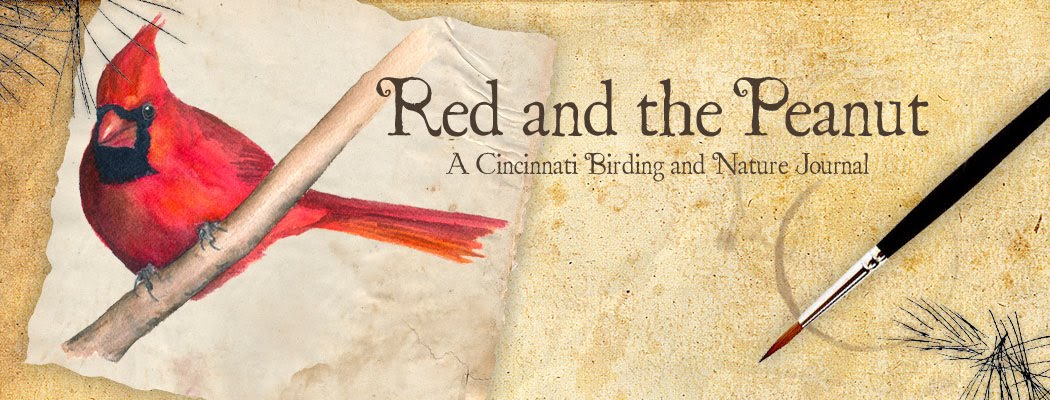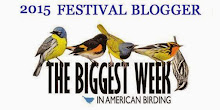 |
| Painting 220. Busy Bee with Red Pollen Baskets (oil pastel) This is just a generic representation of a bee...it came out of my head, so it doesn't match any species in a field guide! |
More about pollen baskets...
A pollen basket (or "corbicula") is a slightly concave, smooth surface on the hind legs of bumble bees, honey bees, orchid bees, and stingless bees. The "basket" is surrounded by guard hairs that hold in pollen the bee has dampened with nectar or honey and compressed into a "pollen pellet." When the bee mixes the pollen with nectar, the color of the pollen changes, but it is the source of the pollen that really determines the color of the pollen pellets in the pollen basket. Bee keepers can identify the pollen source just by looking at the pellets deposited at the hive. Bees that don't have pollen baskets have other structures for transporting pollen. Some use "scopa," a brush of hairs often on the hind legs and some carry the pollen in their crop. (Soure: Encyclopedia of Entomology 2008, pgs 419-434, here; Wikipedia, here, and for examples of pollen sources and their color, click here.)
 |
| ...the red balls on this honey bee's hind legs (tibia) are called pollen baskets (corbicula). Pollen is a bee's main source of protein, fat, minerals, and some starches, so it's important the bee has a way to transport the food back to the hive. (Click here for a detailed article on bees that explains more about their dietary needs.) |
 |
| ...this little bee has been very busy! Her pollen baskets look almost full. It takes a worker bee from three to eighteen minutes to fill up the pollen baskets and return to the hive. That's quite a difference. I guess it depends on the abundance of pollen at the source...or whether the busy little bee is simply a slacker! (Source: Wikipedia. To learn more about bee research, check out Karl von Frisch, here.) |












